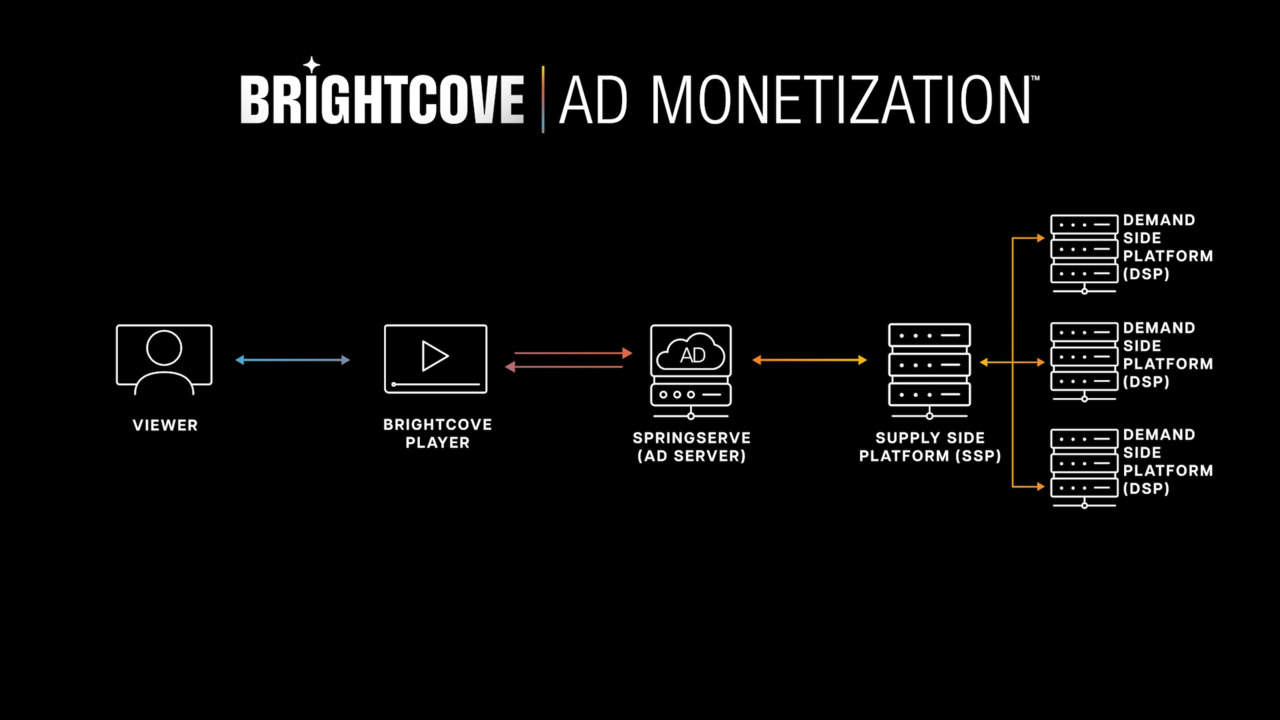Revised MRC Viewability Guidelines: Everything You Need to Know
Media

Walking the tightrope of maintaining high viewability while trying to maximize the number of ad impressions is not a new process to the majority of publishers working with video advertising. However, that tightrope just got a bit trickier to navigate—the Media Ratings Council (MRC) has recently released their updated guidelines on what they consider to be a “viewable ad impression.”
The previous definition of “viewable” was that 50% of the ad needed to be in view for at least 2 seconds. Under the new guidelines, for “combined and deduplicated cross-media video measurement,” the ad has to be 100% in view for 2 seconds or more. The other large change is that this requirement will also be used for Over the Air Programming (OTA), Over the Top Programming (OTT), and connected TV (CTV) platforms in addition to just desktop and mobile. In this blog post, I will outline the potential impact this definition may have, as well as offer some suggestions to ensure you can meet (and exceed) this new challenge.
Why is the new definition needed?
It’s important to understand that while this change may seem somewhat unfriendly to publishers, it will also be positively received by brands and advertisers. There is no doubt that tracking viewability on ad impressions is one of the most effective ways a brand can verify that its message is reaching human eyeballs and also weed out potential cases of fraud, which is still prevalent in digital advertising. To combat this, agencies that represent many of the largest brands target their ad spend on impressions that are verified to be viewable.
In addition, many of the largest ad agencies have already moved beyond the MRC’s previous definition and are using their own criteria for viewability. For example, GroupM’s standard for “viewable” ads has been stricter than the MRC definition since 2014, requiring 100% of the pixels to be in view. This allows agencies like GroupM to provide its customers with additional assurance that their ad dollars are not spent on fraudulent or underperforming impressions. As such, the buy side will see the MRC’s revised definition as playing “catch up” to expectations that have already shifted.
Impact on publishers
Publishers may not see this new definition as favorably as agencies. Much of the struggle comes from the methods by which viewability is currently measured: VPAID that executes JavaScript. This method is prone to causing errors on mobile platforms and does not function in an OTT or in-app environment. Furthermore, VPAID is not supported by Server Side Ad Insertion (SSAI), completely nullifying viewability measurement applications of that ad format. All of this means that the traditional method by which viewability has been measured works only on desktop and mobile web, and is not completely reliable. Publishers have been forced to look to direct deals or private marketplaces to fill their OTT inventory while struggling with troublesome VPAID scripts on desktop and mobile.
Of course, VPAID is not the only viewability challenge. Examples can include an interstitial banner ad that blocks a video from sight, a website prompt that takes precedence over the content, errors with autoplay, or poor player implementation, among many others. Viewability has a clear impact on a publisher’s fill rate and CPM so a stricter criteria combined with hiccups in measurement can negatively affect the bottom line.
Best practices
Publishers need to be careful and constantly check their online properties for elements that may cause their viewability to drop, such as the aforementioned interstitials or pop-ups. However, they can also use Brightcove player implementations to improve viewability.
The first option is to use a player that automatically resumes and pauses when the user scrolls in and out of view. This prevents it from continuously playing in the background while no one is looking, which can have a detrimental effect on viewability. Here’s a code example for this type of player. A second option to guarantee a high viewability player is to use a “floating” player, otherwise known as a “picture in picture” plugin. You can find a sample here. The plugin makes the player hover on the bottom right corner of the display area when a user scrolls past it, ensuring it is always in view. Do note, however, that this may be a more controversial method among the end users as it is often considered intrusive or annoying. Despite that, many publishers find the floating player to be extremely valuable.
Beyond player and website implementation, there are several emerging technologies that can make reaching the new viewability standards easy. VPAID, and the issues it presents, should eventually make way for the Open Measurement Software Development Kit (OM SDK) and VAST 4.2. In tandem, these technologies should alleviate many of the current challenges in the ecosystem, including the difficulty of measuring in-app and OTT ad impressions and the fragmentation of measurement methodologies. In addition, the emerging Automated Content Recognition (ACR) technology is able to read pixels on a smart internet-connected device (such as Roku or Apple TV) as it delivers video content to a TV consumer. This allows for insight into real-time data previously inaccessible on traditional TV platforms and bridges the gap with digital video technologies. The challenges ahead for all of these technologies will be in getting wide adoption as well as gathering end user consent and “opt-ins” in order to adhere to regulations such as GDPR and CCPR.
The new MRC guidelines may add some challenges to publishers in the short term, but the impact may be quite minimal due to the extent to which the ad industry already emphasizes viewable impressions. There are steps the sell side can take to ensure better performance, whether by optimizing their properties or using one of the suggested plugins for the Brightcove player. Finally, the future looks bright as new verification solutions become commonplace in the market, helping to bridge the divide between digital ads and the traditional TV space—while also helping brands make more informed buying decisions.


